Japanese carmakers are once more proving that small sells big.
After first pioneering the gas-sipping compact, then subcompact, the country's auto companies are scoring again with another downsizing -- the so-called "minicar."
Tiny, cheap and fuel-efficient, these minicars are essentially motorcycle-sized engines on four wheels. But demand for these runty runabouts is anything but petite. Last year, minicars racked record sales in Japan and now account for more than a third of all new cars sold annually here. The automakers have no immediate plans for mass export of the minicars, but some analysts predict they may eventually catch on in developing economies like India and China.
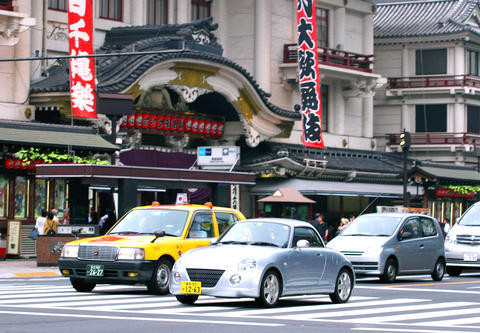
PHOTO: AP
At a time of soaring oil prices, it's little surprise Japanese drivers are turning to more wallet-friendly rides, just as Americans are abandoning their lunky sport utility vehicles. But perhaps only in a country famed for its "small-is-beautiful" culture of pocket electronics and bonsai trees could the trade-ins be so diminutive.
Known as kei or light, cars in Japanese, minis are limited to an engine size of up to 660ccs -- less than half the size of a Honda Civic -- and restricted by law to being no bigger than 3.4m long and 1.5m wide.
The first mini dates back to poverty-stricken post World War II Japan as a rattletrap people's car for those who couldn't afford "real wheels." They never really went away, but only recently became popular again, largely due to improvements in technology, styling and looser size restrictions on cars. Today's generation stretches the limits of engineering and styling, with models sporting four-wheel drive, satellite navigation, antilock brakes and even turbocharging.
"They used to be sold as cheap cars," said Kurt Sanger, an auto analyst for Macquarie Research in Tokyo. "Now they are actually decent cars that just happen to have a wimpy engine in them."
DISMAL MARKET
Japan's minicar boom is the silver lining of an otherwise dismal domestic market. While Japanese automakers have marched from one success to another overseas, sales at home have slumped for three-straight years -- hurt by the country's shrinking population and a trend of increased urbanization.
Minicar sales, however, have been climbing since 2004 and jumped 5.2 percent to a record 2.02 million vehicles last year. And surprisingly, it's not the big names like Toyota or Nissan riding the tide, but second-tier players once dismissed as also-rans, like Suzuki, Daihatsu and Mitsubishi, that locked up the niche market.
ADVANTAGES
Price is a big factor. Minicars cost around just US$10,000 and get tax breaks from the Japanese government. Then there's the savings from fuel efficiency that hits 47mpg (19.8kpl) -- a boon in a country where gasoline sells at about US$4.75 a gallon (US$1.25 per liter).
They are popular in crowded cities because they are easy to park, and a hit in less affluent rural areas where public transportation is limited.
Minis also pay cheaper registration fees and taxes than regular cars, noted Masa Ogawa, a managing director for JD Power Asia Pacific, an automotive consulting company. The basic flat tax on a minicar can run around US$96 a year, compared with more than US$830 for high-end performance cars.
Yet the class got its biggest boost in 1998, when government loosened restrictions on minicar sizes, expanding the overall dimensions to 3.4m by 1.5m, from 3.3m by1.4m.
The added dimensions allowed for roomier cabins, more bells and whistles and sturdier frames. The latter was crucial in helping allay consumer concerns that the whole car could end up a crumple-zone in a crash.
Suzuki's Wagon R has not only been Japan's best-selling minicar for the past three years, it has been the country's best-selling car, period -- even outselling Toyota's universally adored Corolla.
Typical of modern minicar styling, the Wagon R looks like a shrunken-down four-door minivan balanced on pie tin wheels, and is disproportionately tall for its length. The maxed-out passenger compartment nearly overwhelms the chassis, and the hood is compressed into a pug-nose to further save space.
Indeed, gone is the 1980s heyday of Japan's booming bubble economy, when looks mattered more than utility and customers were prepared to shell out big time for a little highway cachet, particularly if it involved a German import.
"Japanese thinking about driving cars has changed a lot," said Kentaro Nakata, spokesman for the Japan Automobile Dealers Association. "It's no longer a big status symbol. It's more about getting from place to place."
Some analysts predict that minicars may eventually catch on in developing economies like India and China, or even be manufactured there. Suzuki is already making slightly larger cars in India based on its minicar technology. It experimented with limited exports to Britain of an open-topped sportster called the Cappuccino in the 1990s, a venture that mostly flopped.
OVERSEAS
"We have no plans to sell the minicar overseas as it is," Suzuki spokesman Yoichi Kojima said.
Japanese minicars are sold mostly in Japan. Partly because profit margins are so low, it's not cost-effective to ship them abroad.
Germany's DaimlerChrysler AG is hoping to sell its own minicar, the tiny two-seat Smart car, in the US next year. But some observers doubt whether US drivers -- used to big, open highways -- are ready for such a radical revolution in size and horsepower.
"The minicar is one or two sizes below the compact," JD Power's Ogawa said. "American consumers would probably perceive the minicar as a kind of toy."
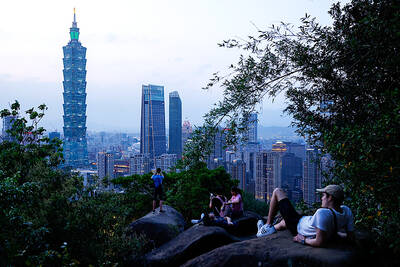
MORE VISITORS: The Tourism Administration said that it is seeing positive prospects in its efforts to expand the tourism market in North America and Europe Taiwan has been ranked as the cheapest place in the world to travel to this year, based on a list recommended by NerdWallet. The San Francisco-based personal finance company said that Taiwan topped the list of 16 nations it chose for budget travelers because US tourists do not need visas and travelers can easily have a good meal for less than US$10. A bus ride in Taipei costs just under US$0.50, while subway rides start at US$0.60, the firm said, adding that public transportation in Taiwan is easy to navigate. The firm also called Taiwan a “food lover’s paradise,” citing inexpensive breakfast stalls
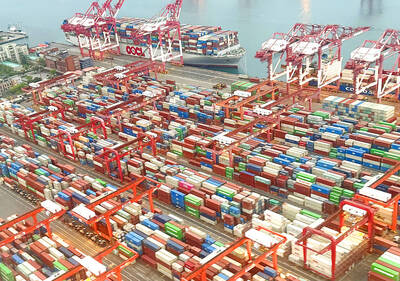
TRADE: A mandatory declaration of origin for manufactured goods bound for the US is to take effect on May 7 to block China from exploiting Taiwan’s trade channels All products manufactured in Taiwan and exported to the US must include a signed declaration of origin starting on May 7, the Bureau of Foreign Trade announced yesterday. US President Donald Trump on April 2 imposed a 32 percent tariff on imports from Taiwan, but one week later announced a 90-day pause on its implementation. However, a universal 10 percent tariff was immediately applied to most imports from around the world. On April 12, the Trump administration further exempted computers, smartphones and semiconductors from the new tariffs. In response, President William Lai’s (賴清德) administration has introduced a series of countermeasures to support affected
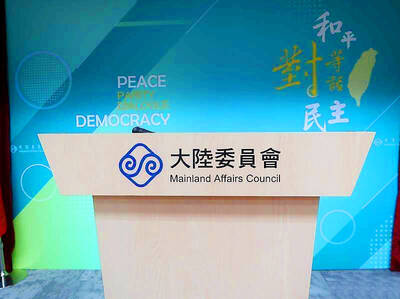
CROSS-STRAIT: The vast majority of Taiwanese support maintaining the ‘status quo,’ while concern is rising about Beijing’s influence operations More than eight out of 10 Taiwanese reject Beijing’s “one country, two systems” framework for cross-strait relations, according to a survey released by the Mainland Affairs Council (MAC) on Thursday. The MAC’s latest quarterly survey found that 84.4 percent of respondents opposed Beijing’s “one country, two systems” formula for handling cross-strait relations — a figure consistent with past polling. Over the past three years, opposition to the framework has remained high, ranging from a low of 83.6 percent in April 2023 to a peak of 89.6 percent in April last year. In the most recent poll, 82.5 percent also rejected China’s
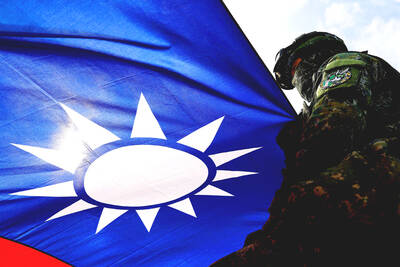
PLUGGING HOLES: The amendments would bring the legislation in line with systems found in other countries such as Japan and the US, Legislator Chen Kuan-ting said Democratic Progressive Party (DPP) Legislator Chen Kuan-ting (陳冠廷) has proposed amending national security legislation amid a spate of espionage cases. Potential gaps in security vetting procedures for personnel with access to sensitive information prompted him to propose the amendments, which would introduce changes to Article 14 of the Classified National Security Information Protection Act (國家機密保護法), Chen said yesterday. The proposal, which aims to enhance interagency vetting procedures and reduce the risk of classified information leaks, would establish a comprehensive security clearance system in Taiwan, he said. The amendment would require character and loyalty checks for civil servants and intelligence personnel prior to